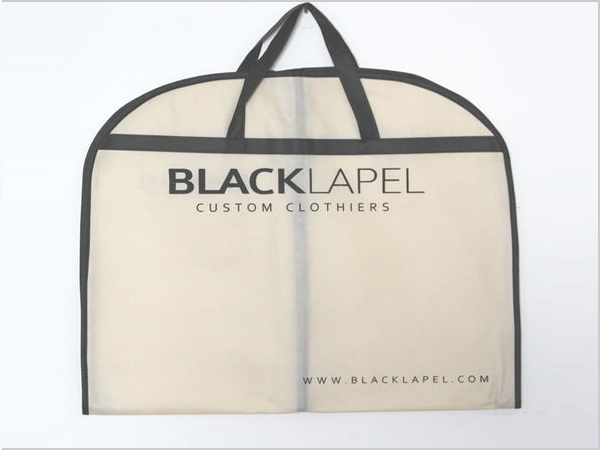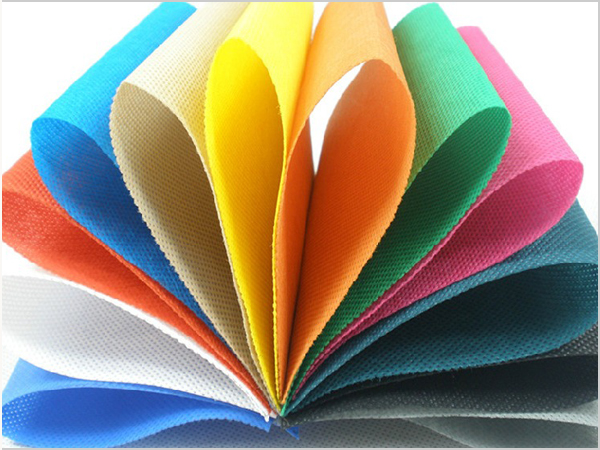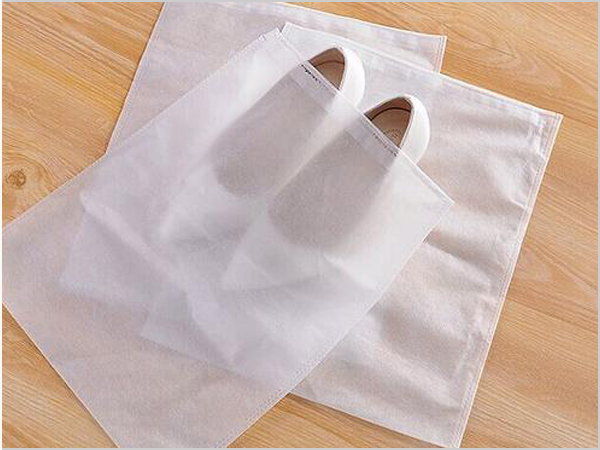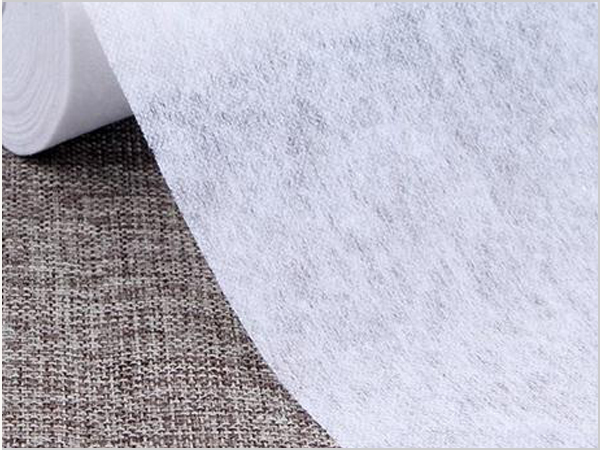- Why can spunbond nonwoven fabric dominate the market?
- Foreign trade exports are moving forward under pressure, with both resilience and challenges coexisting
- Explore the environmental protection characteristics and application fields of PP non-woven fabric
- The rise of the Latin American market is expected to become a new growth pole for China's textile foreign trade
- The production process of spunbond nonwoven fabric determines its unique characteristics!

- Telephone: 0551- 66779966
- Cellphone: 18955130444
- Email: 58792982@qq.com
- Address: Building 1-2, East of Wubu Village Section, Hehuai Road, Wushan Town, Changfeng County, Hefei City, Anhui Province
"Is this material renewable?" "Is this handmade crop unique?" These days, young consumers are increasingly expressing their love for eco-friendly aesthetics in the fashion market. The reporter noted that sustainable fashion and Chinese aesthetics have also become the focus of this year's fashion show. For example, the Chinese style in 2023 Spring/summer China International Fashion Week and the medieval street style in 2023 spring/summer Paris Fashion Week. Sustainable recycling processes are particularly popular in traditional textiles, including disassembled and reconstructed multi-material fabric and zero-waste "one-cut" T-shirts. Lang Qing, associate professor of China Academy of Art, said that the research direction of deconstructed weaving is in line with the current design trend. It can not only preserve the systematic research results of fabric in the industry, but also provide a thinking path for the integration and development of traditional Chinese fabric techniques and modern fashion. It is also of great practical significance for young design forces.
Fashion trend
Traditional textile Power "regeneration Process"
A chair, which won the sole Award of the Salone Satellite Design Report Award at Milan International Design Week 2012, is on display in the lobby of Rongdesign Library in Qingshan Village on the outskirts of Hangzhou in April. "It's called Gone With the Wind, and it's made of more than 200 pieces of rice paper used to make oil-paper umbrellas," said Zhang Lei, founder of the Rong Design Library. "Deconstructing traditional handicraft is one of the most important means of enabling modern design." The core collection of the museum is handicraft materials and techniques from all over the country. Here they can be carefully catalogued, preserved, deconstructed and freely open to independent designers to draw inspiration from traditional Chinese culture." 'he said.
The reporter noted that the research results of the Financial Design Library 2023 also include the weaving process of the traditional textile industry, showing the very creative weaving mechanism, and the resulting joint, complex reinvention and reshaping of the finished product. "I never thought there were so many pioneering elements hidden in the traditional needle and thread." Xiao Tan, a visitor from Shanghai, told reporters while visiting the library.
The reporter learned that in the process of searching for the source of traditional fabric in Rongdesign Library, Jiangnan Fabrics and RongDesign Library jointly launched a five-year project of "Fabric to its fullest Use" in 2022, systematically recording, sorting out, researching and summarizing traditional fabric and process details.
Zheng Dandan, general manager of public relations of Jiangnan Fabric Enterprise, told the reporter that this project starts from the material of "fabric", excavates various process details of traditional handicraft, and deconstructs the possibilities of fabric to the end through the creative process of manufacturing, reengineering and transformation, and finally realizes "cloth to its fullest use".
"The popularity of Oriental aesthetics is this year's trend, which reflects the foundation of traditional Chinese culture." Zheng Dandan said that the "post-90s" and "post-00s" as the main consumer groups yearn for a slow life of "simple and natural, traditional and simple, elegant and leisurely", and the traditional handicrafts and fabrics with thousands of years of Oriental traditional wisdom have become the favored objects, in which they express their attitude towards life and emotional belonging.
In May, Guangzhou, located in the south glass box space on the L3 floor of Taikoo Hui, an exhibition exploring sustainable "beauty" in life just opened. Can waste from people's lives be remade into art? Can a seemingly useless thing have a second life? In this limited-time space created in collaboration with Shanghai Fashion Week and can U sustainable fashion platform, the artistic attempt to integrate recycling and traditional craft reproduction shows fresh answers.
Standing in front of handmade fabric artist Yi Hongbo's Xiabu Curtains, Chen, a senior design major, told reporters that the traditional way of making things has a heavy sense of history and cultural temperature. "From dismantling, splintering, sewing to reconstruction, I think the process itself is quite cool, full of modern independent aesthetics. Deconstructing old things and remaking them is a new trend, which is not only environmentally friendly but also avant-garde." "The new generation of Chinese consumers is learning to appreciate the depth of Eastern aesthetics," says Liu Zhishu, a consultant at trend forecasting agency WGSN. If a brand wants to attract the current and future major consumer groups, it must learn to integrate traditional skills, cultural essence, Zen aesthetics and natural elements into modern products, Spaces, appliances and lifestyles.
- Why can spunbond nonwoven fabric dominate the market?
- Foreign trade exports are moving forward under pressure, with both resilience and challeng
- Explore the environmental protection characteristics and application fields of PP non-wove
- The rise of the Latin American market is expected to become a new growth pole for China's
- The production process of spunbond nonwoven fabric determines its unique characteristics!
- The global trade landscape is undergoing significant changes in 2025
- The 11th China International Silk Conference was held in Shengze
- What are the core advantages of spunbond nonwoven fabric?
- What are the magical aspects of the manufacturing process of spunbond nonwoven fabric?
- The textile industry is enjoying dual policy benefits



